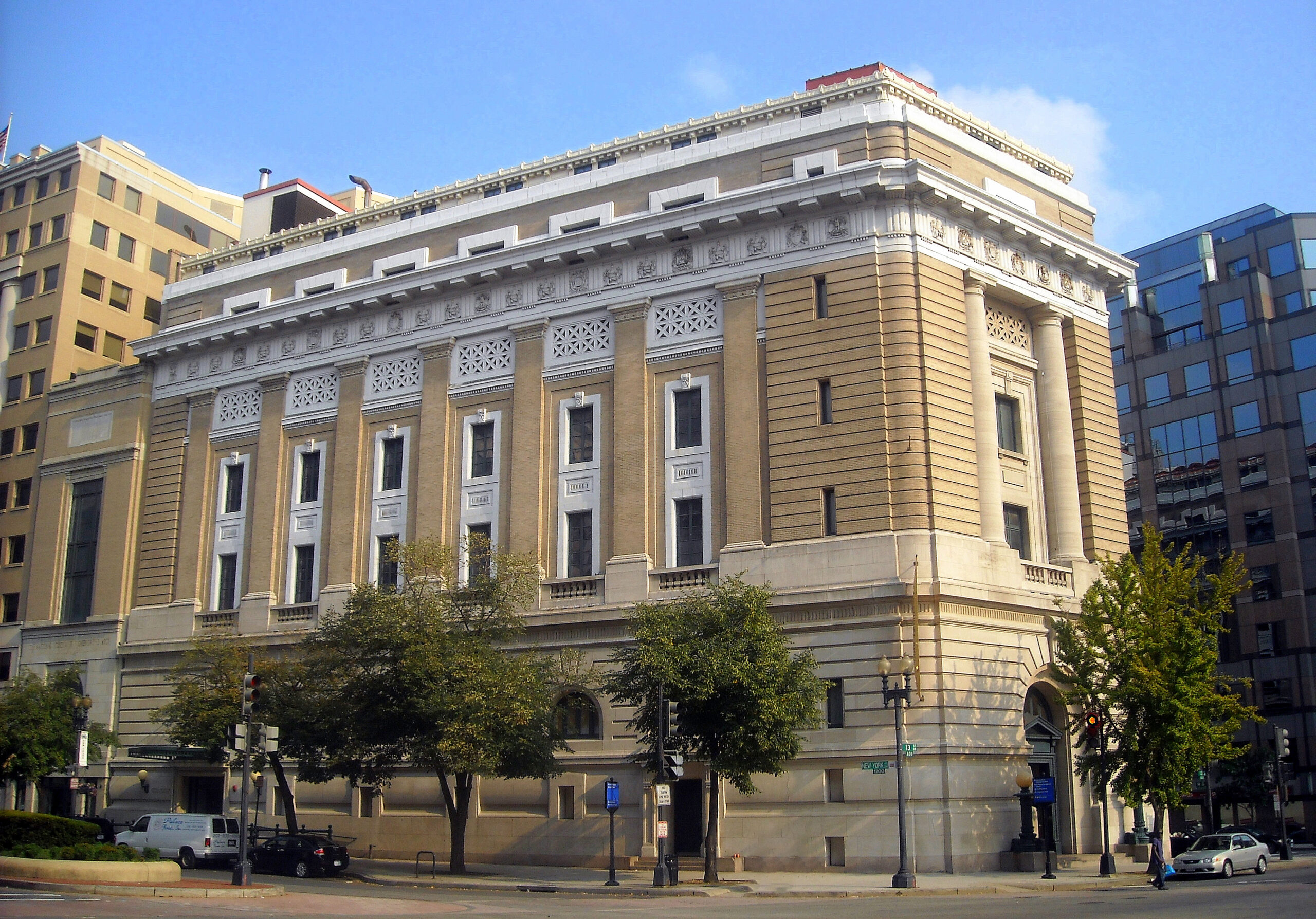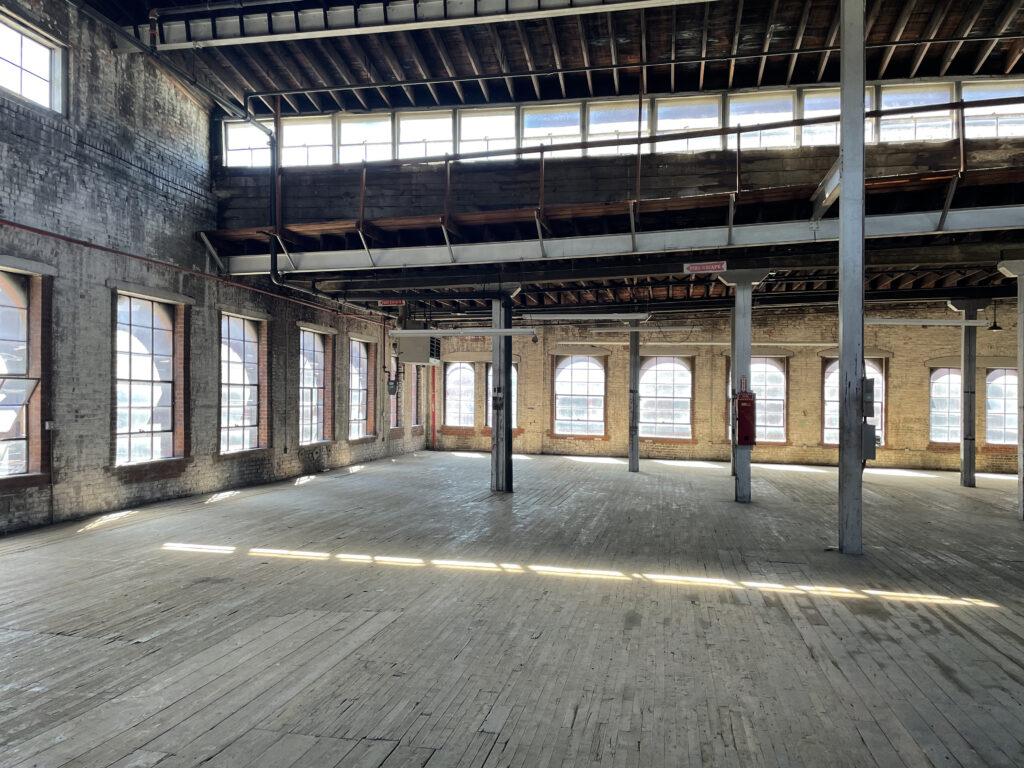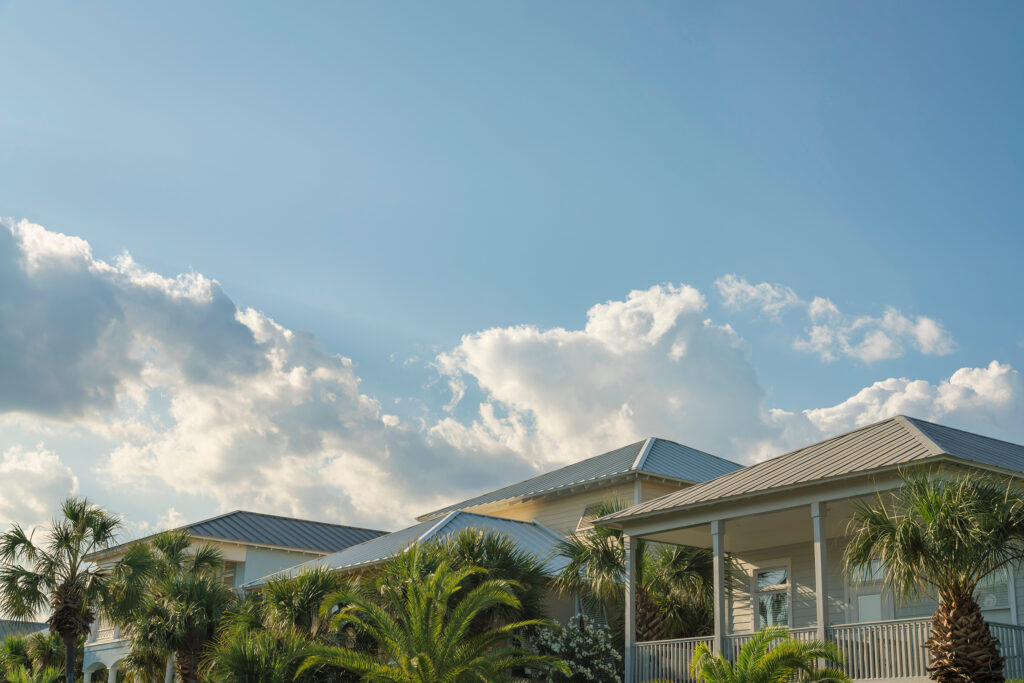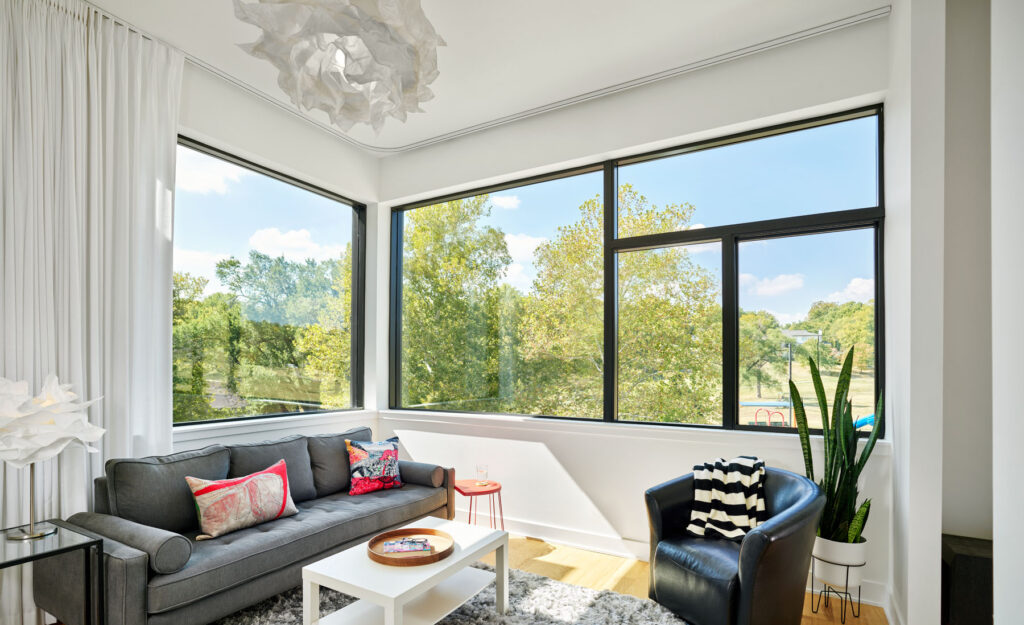While in DC for the annual AIA conference, I visited the National Museum for Women in the Arts, which had recently undergone a significant renovation. The architects who worked on the project offered to tour attendees and share the process and details. It was an all-women-led team—Sandra Vicchio, the design architect of Vicchio Architects; Cara Versace, from MCA Architecture, was the project manager; and DesignFlux, the lighting designer.
Initially built in 1907 as a Masonic Temple, the structure’s flat iron shape placed the main entrance on the corner of New York Ave. NW and 13th Street NW. It was bought and designated as the country’s first-ever museum dedicated to female artists in 1987 by Wilhelmina Holladay, the museum’s founder. She and her husband traveled the world obtaining works from undervalued and underrepresented artists, resulting in a vast collection of excellent pieces by female artists spanning hundreds of years, from the 1800s to modern and contemporary work.
Over the last several years, the building underwent a $70 million renovation to better showcase the vast collection and update systems. One of the most exquisite spaces is the great hall on the main floor, which features gold leaf details, the original carved marble stairs and railings, and coffered ceilings painted in the perfect shade of pale blue by Farrow and Ball—“Borrowed Light.”
One interesting renovation detail was how the team completely removed and replaced the antiquated and heavy structural floor system in some places. This increased load capacity and improved space utilization while working within the confines of the historic building envelope. It allowed the museum to reorganize the spaces to accommodate more storage, administrative spaces, and galleries.
The team worked carefully to integrate details of the historic building with updated lighting and thermal and humidity control systems, which is vital to any museum. Air supply grills are carefully hidden in the ceilings and return air registers at the base of walls to minimize the visual impact of all of the workings of the building – so the art can be the focus for the viewer.
I thoroughly enjoyed this tour, learning about such a significant arts institution in the heart of our nation’s capital. The curation of both well-known female artists, such as Georgia O’Keefe and Hung Liu, historical works by Antoinette Bouzonnet-Stella, and more up-and-coming artists, such as Ambreen Butt, was also invigorating and exciting. If you have been, I’d love to hear about your experience!




